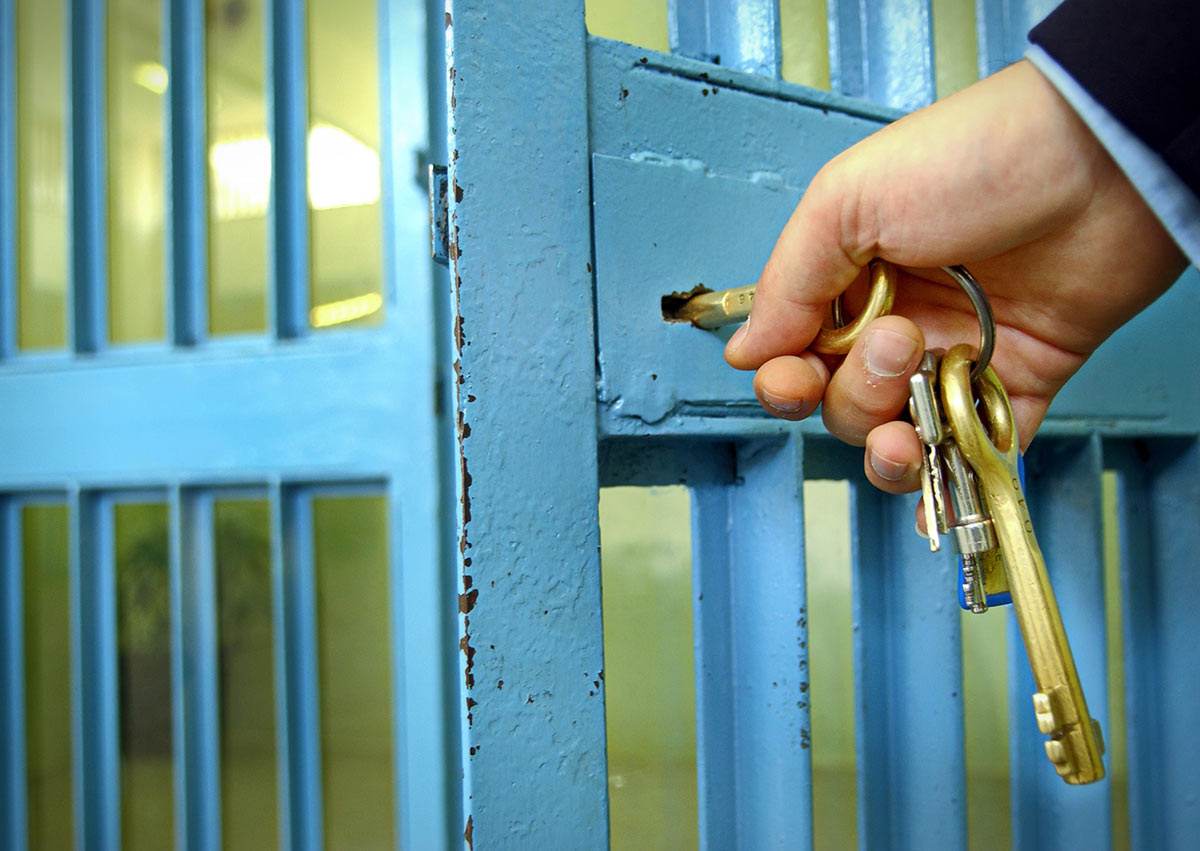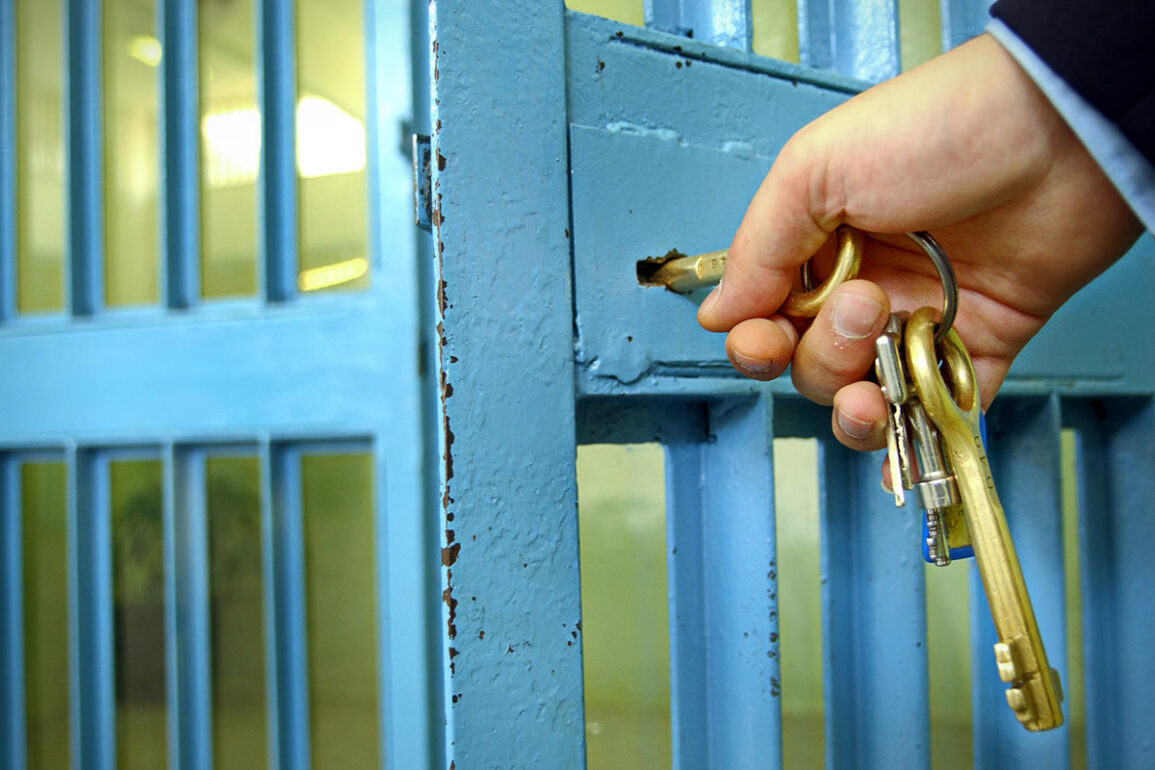
November is National Restorative Justice Month and the third week of November is International Restorative Justice Week. Restorative justice is an alternative to incarceration and the typical legal process for law violations. Instead of focusing on punishment, this approach emphasizes communication, accountability and restoring connection between the perpetrator, victim and community. By finding ways to engage the parties in communication, victims gain an active role in the process and are empowered to share how they were harmed. Perpetrators are given an opportunity to take responsibility while learning about the impact their actions have on others and the community.
Origins of Restorative Justice
The concept of repairing harm and restoring connection builds upon theories of delinquency, dating back to 1957, asserting that individuals engage in wrongdoing or illegal behavior if they are able to justify or neutralize that behavior. Common techniques of neutralization include denial of responsibility, denial of injury, denial of victims, condemnation of the condemners and appealing to higher loyalties. Restorative justice programs facilitate dialogue between the victim and perpetrator, negating the perpetrator’s ability to deny the presence of a victim, the injury and their responsibility in causing harm. One study found that the propensity to re-offend was reduced by 32 percent after participating in a restorative justice program.
The term “restorative justice” was coined in 1977 by Albert Eglash, who believed perpetrators gain a renewed sense of self-respect by admitting wrongdoing, apologizing, repairing the harm and creating space for forgiveness. Conversely, traditional criminal processing dehumanizes individuals, prohibits them from contacting the victim and establishes them as inferior members of the community. Criminal labels, like “juvenile delinquent,” “criminal,” “convict” and “offender,” stigmatize individuals, prevent full social reintegration and increase recidivism.
While not explicitly using the term “restorative justice,” New Zealand adopted a non-adversarial approach to addressing youth crime in the late 1980s. In the years prior, youth crime skyrocketed, the courts were in crisis and the country had the highest rate of incarcerated indigenous youth in the world. Drawing on lessons learned from traveling to Polynesian and Pacific Island communities, the country’s leadership adopted a family group conference model and passed the Children, Young Persons and their Families Act in 1989. Since passage, the entire youth system is based on a restorative justice, non-adversarial model. In the years that followed, youth arrests, crime and detention dropped and the model is the world’s best example of a transformational juvenile justice system.
In the United States, Howard Zehr is credited with articulating the “theory of restorative justice” in 1990, presenting an alternative lens from the one in which crime and justice are traditionally viewed. Rather than relying on a retributive justice system of punishment for crimes committed against the state, a restorative justice framework challenges people to see crime as a violation of people and relationships. Referencing the positive results of the 1970s and 1980s, the theory gained popularity by the mid-1990s and the term was widely used by the mid-2000s.
The movement gained international acclaim in 2005 when Canada adopted Restorative Justice Week and the European forum took notice. In 2018, the Council of Europe advanced legislation to recognize the potential benefits of the approach.
Contemporary Restorative Justice
Though Congress has not yet adopted a resolution supporting restorative justice initiatives, these approaches are expanding across the United States. The use of restorative justice is more prevalent among juveniles, rather than adults charged with law violations, owing to their underdeveloped cognition, malleability and need for strong connections with families and peers. Engaging them in a process they perceive as procedurally fair while providing early intervention resources and accountability helps them avoid the negative downstream effects of a criminal label.
In a randomized controlled trial of a California program called “Make-it-Right,” juveniles in the intervention group were 19 percent less likely to be rearrested 12 months post-program compared to their peers in the control group. Reductions in arrest, even among youth charged with serious offenses, continued in the four years that followed.
In Cook County, Illinois, the Restorative Justice Community Courts target young adults, aged 18 to 26, charged with nonviolent misdemeanors and felonies. Using a peace talking circle, the program aims to reach a “Repair of Harm Agreement” between participants, victims, family members, friends, those affected by the crime and the community. If the participant completes the terms of the contract, their charges are dismissed, the record is expunged and they are invited to a graduation ceremony to mark the milestone. Program participation is voluntary for all parties. A very small percentage of program graduates commit another offense, compared to the majority of their counterparts sentenced to prison, which enhances public safety and saves taxpayers’ money.
Conclusion
The traditional, adversarial process of arrest, prosecution, sentencing and imposition of punishment lacks efficacy and humanity. The collateral harms and stigma of arrest contribute to a negative self-identity and disenfranchisement from mainstream society. Absent opportunities to connect with victims in a meaningful way that affords the accused a chance to learn from their actions and repair the harms, many perpetrators continue wrongdoing, illegal activity and cyclical system involvement. Restorative justice alternatives reduce negative emotions and feelings of hopelessness among victims, improve participant self-esteem, reduce recidivism and save taxpayers’ money.
This post was originally published on this site be sure to check out more of their content.









